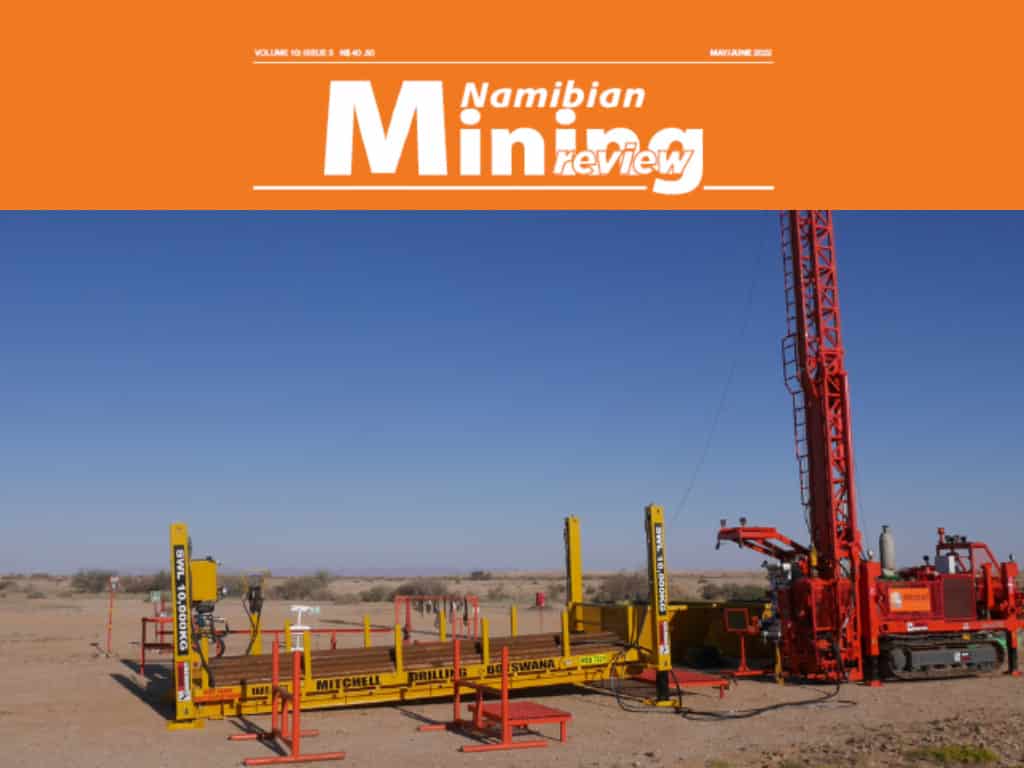Ever-growing climate change concerns have driven global leaders like Joe Biden and the European Commission to set new carbon cutting goals for 2030 and 2050. Biden aims for 50% of new US vehicles to be electric by 2030, while the EU Parliament proposes to cut greenhouse gas emissions by at least 55% by the same year, “setting Europe on a responsible path to becoming climate neutral by 2050”.
According to statista.com, “It is expected that there will be 115 million vehicles in the global electric vehicle fleet by 2030, up from an estimated 8.5 million units in 2020. That year, the global electric vehicle fleet grew by more than three million units”.
There are more practical concerns to consider when it comes to meeting the imminent demand for electric vehicles, however. And it is all a simple supply and demand dilemma.
High-powered, permanent magnets are the driving forces that will propel 93% of electric motors on the roads of the future. And these magnets have one very important distinguishing characteristic: They are powered by very specific rare earth elements (REEs). Rare earth element bearing minerals are not as “rare” as they sound, but diverse economic viable sources and mature supply chains of them are rare. Electric vehicle manufacturers are having to address this on a global scale, and demand is rising.
Where do REEs come from?
REEs, which incidentally, are used in the production of more than just electric vehicles – also cell phones and wind turbines, among other everyday items – are extracted and processed according to the nature of the ore at the source.
The rare earth element neodymium, in particular, has risen in prominence due to its use in manufacturing, notably as one of the strongest permanent magnets in the world, and it is found in rare earth element-bearing deposits. These primarily exist in China, Canada, Southern Africa, and Australia. But supply is severely limited in the western world, with China accounting for approximately 80% of global rare earth exports.
Growing the REE economy
The global community is scrambling for a solution to meet the demand leading up to 2030. It has fallen to development companies like E-Tech Resources to find new sources of REEs to power the transition to a cleaner future, with fewer gaps in the global supply chain of critical raw materials to support a circular economy.
Smart solutions to clean energy sourcing and efficient power transmission are the keys to sustainable carbon neutrality and uninterrupted manufacturing in the future. Developments like E-Tech’s Eureka Project in Namibia are already proving to have attractive deposit characteristics with great potential for growth.
Transition to clean technology is accelerating at an unprecedented rate, and in order to stay ahead of the curve to meet global demand for critical raw materials, a shift is needed. With “astronomical” growth in demand, comes a greater need for investment in new value chains that keep the world “motoring ahead” towards 2030 and 2050.
That is the current global state of affairs – or story – of supply and demand. As the world stands on a precipice, waiting to bid farewell to fossil fuels once and for all, the race is on to see who delivers.





